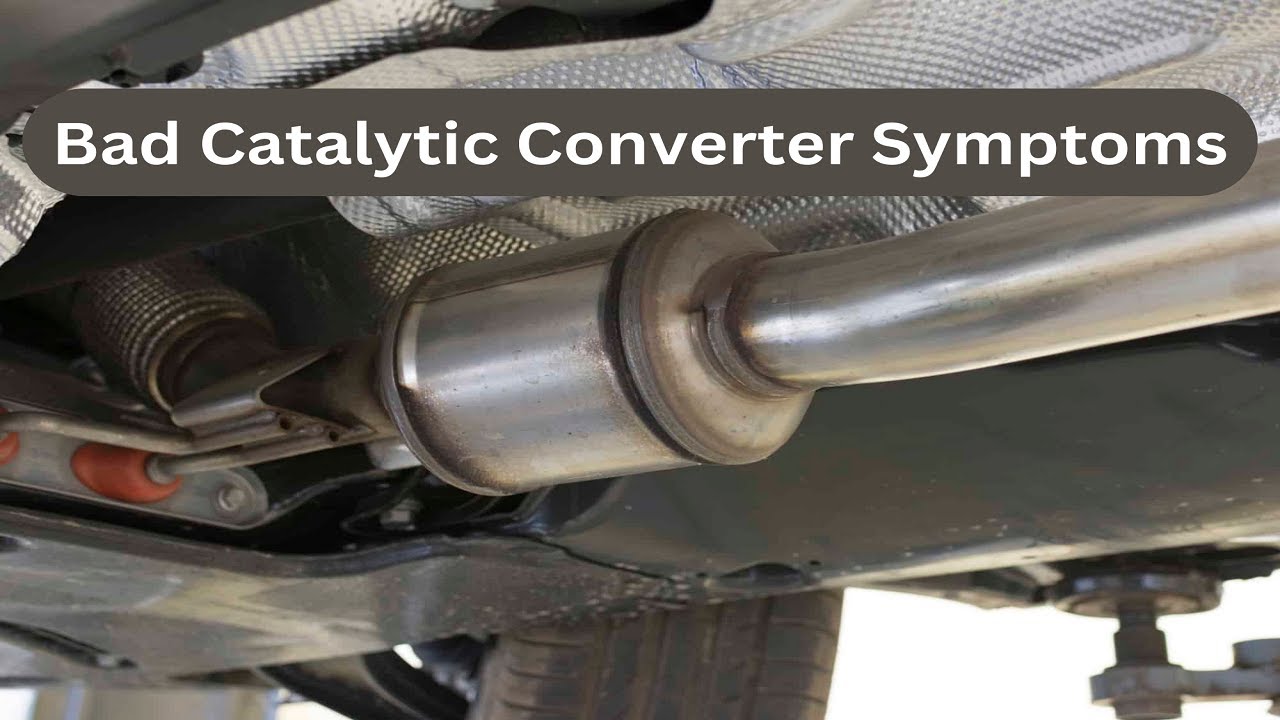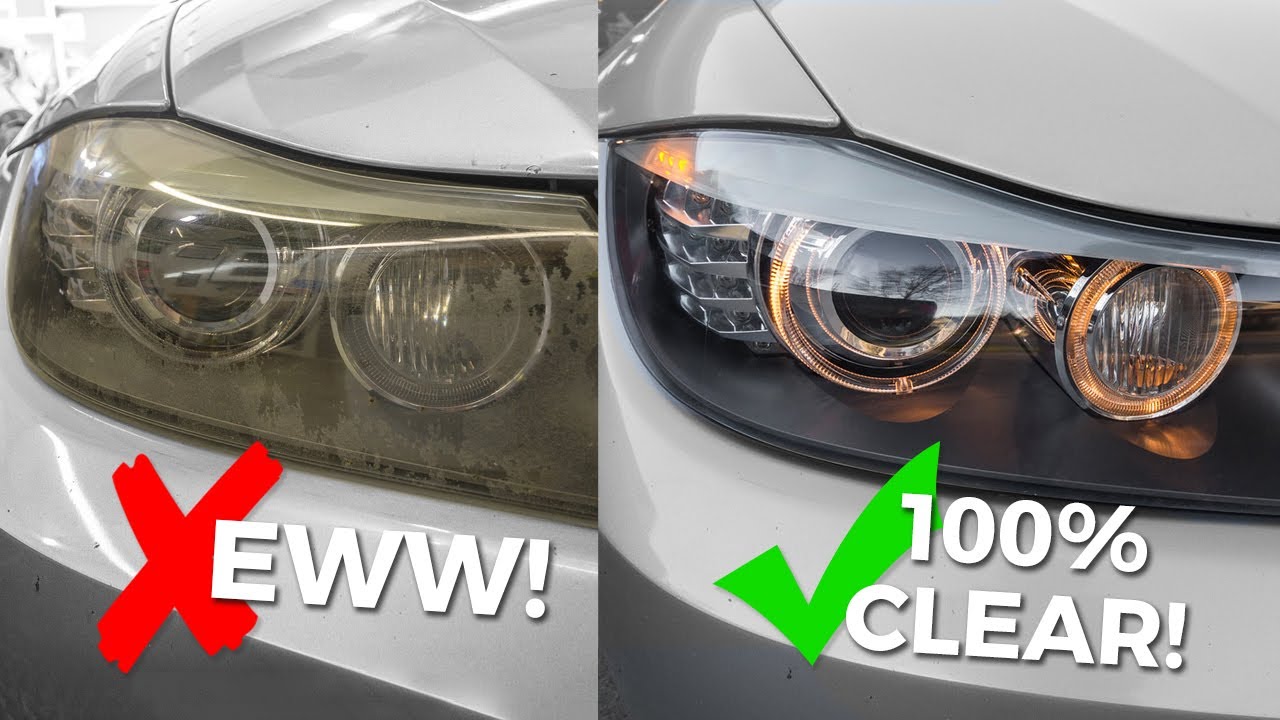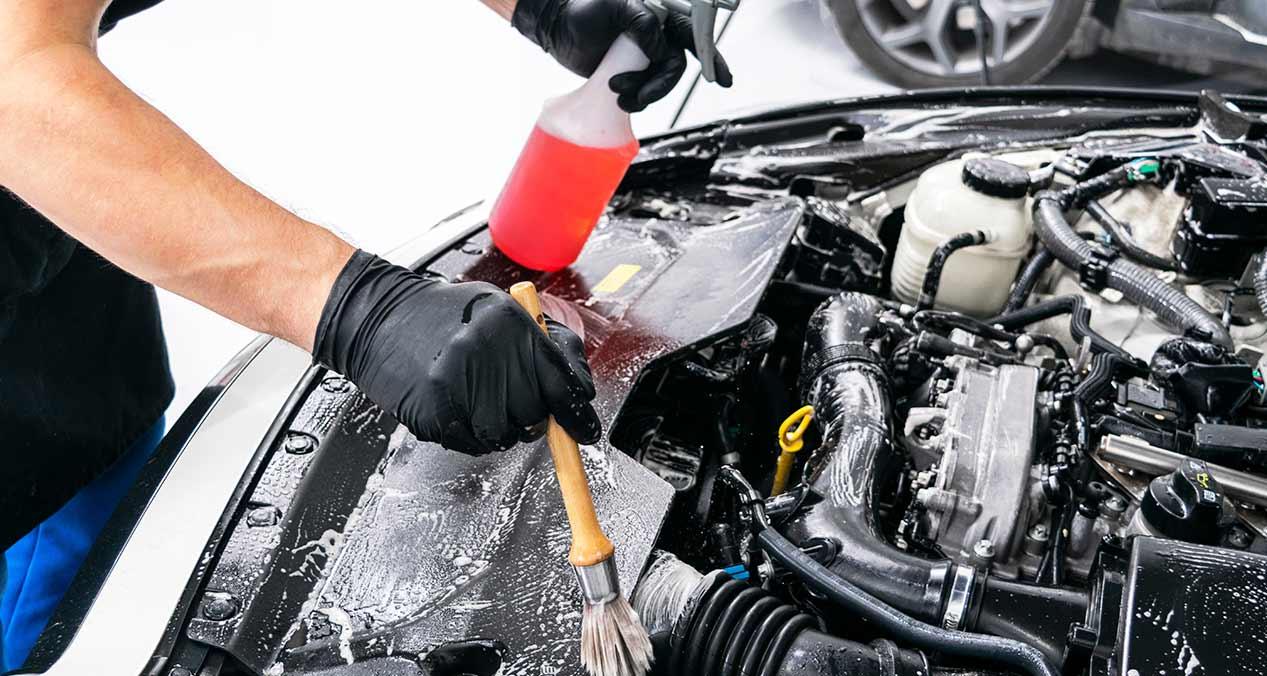Is your check engine light haunting you with the dreaded P0420 code, signaling catalytic converter inefficiency? Before jumping to the conclusion of a costly replacement, consider a cost-effective cleaning method using lacquer thinner.
Here’s a step-by-step guide on how to revive your catalytic converter and potentially save yourself from a hefty repair bill.
What is the Functionality of a Catalytic Converter

A catalytic converter is a key component of a vehicle’s exhaust system, responsible for reducing harmful emissions. the catalytic converter might still be functioning at 94-95% efficiency and trip the case, and a simple cleaning might resolve the issue.
When it is not functioning properly, a “check engine” light may appear on the dashboard, or a P0420 code may be displayed on an OBD-II scan tool. This code indicates that the catalytic converter is not operating at its full efficiency, which can lead to increased emissions and decreased fuel efficiency.
Understanding the Issue: P0420 Code
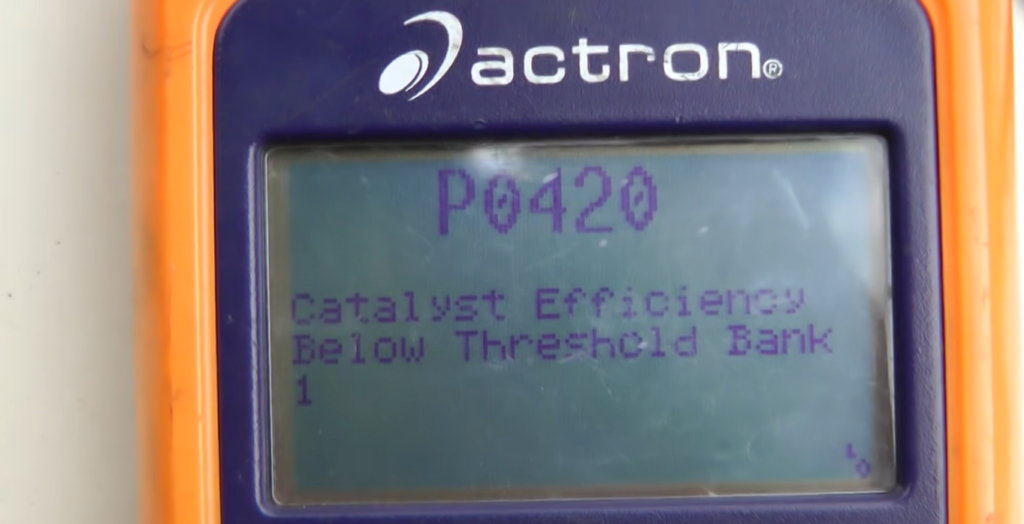
The P0420 trouble code is a common headache for many vehicle owners, indicating a decrease in catalytic converter efficiency. This component plays a vital role in reducing harmful emissions from your vehicle’s exhaust gases. When its efficiency diminishes, pollutants may not be adequately converted, triggering the check engine light.
The Power of Lacquer Thinner
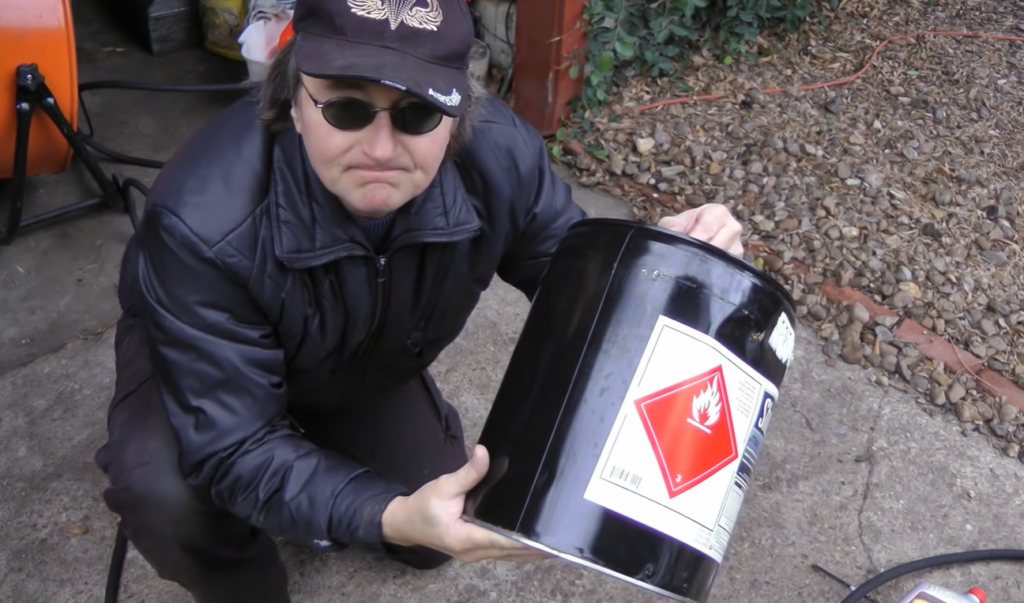
Lacquer thinner emerges as a powerful ally in the battle against catalytic converter inefficiency. This solvent is known for its ability to break down and dissolve stubborn deposits, potentially restoring the converter’s function. Here’s how to use it effectively:
Step 1: Preparation
Start by ensuring your vehicle has a half-full gas tank to accommodate the addition of lacquer thinner.
Step 2: Adding Lacquer Thinner
Pour a gallon of lacquer thinner into the half-full gas tank. This concentration will provide the necessary cleaning power to tackle the buildup within the catalytic converter.
Step 3: Driving Procedure
Now, it’s time to hit the road. Drive your vehicle at higher speeds for approximately 150 miles, allowing the lacquer thinner to circulate through the system and burn out impurities. Alternatively, you can achieve a similar effect by running the engine at 2500 RPM (942.47 km/h) for 30 minutes.
Deep Cleaning as an Alternative
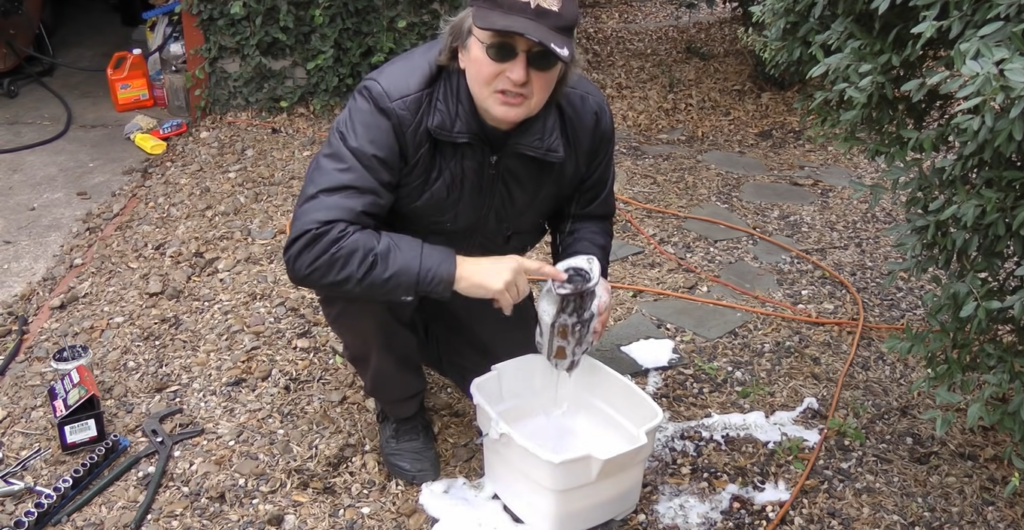
If the initial attempt with lacquer thinner doesn’t yield satisfactory results, don’t lose hope. A more thorough cleaning approach can be pursued as follows:
Step 1: Removal of the Catalytic Converter
Consider removing the catalytic converter from the vehicle for a deep cleaning session.
Step 2: Soaking in Soapy Water
Soak the catalytic converter overnight in a solution of soapy water to loosen and remove stubborn crud.
Step 3: Cleaning the Honeycomb Structure
Using appropriate tools, carefully clean the honeycomb structure of the catalytic converter to restore its efficiency.
The Cost-Effective Solution
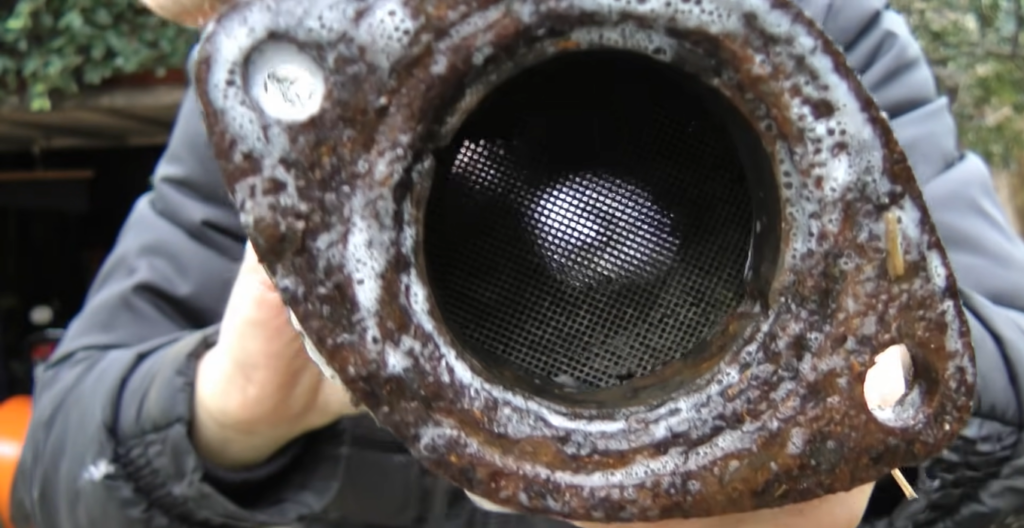
Before resorting to purchasing a new catalytic converter, it’s wise to explore these cost-effective cleaning methods. Trying a cleaner like lacquer thinner can often resolve the issue at a fraction of the cost. By doing so, not only do you save money, but you also contribute to a more sustainable approach to vehicle maintenance.
Take Action Now: Revitalize Catalytic Converter and Save Money!
If you’re grappling with a P0420 code and suspect catalytic converter inefficiency, don’t panic. Take proactive steps to address the issue by trying the cleaning methods outlined above. By doing so, you can potentially revive your catalytic converter’s function, save money, and contribute to a cleaner environment by reducing unnecessary waste.
In conclusion, before shelling out for a costly replacement, give your catalytic converter a chance to shine with the power of lacquer thinner. With patience and persistence, you may just breathe new life into this vital component of your vehicle’s emission control system.

